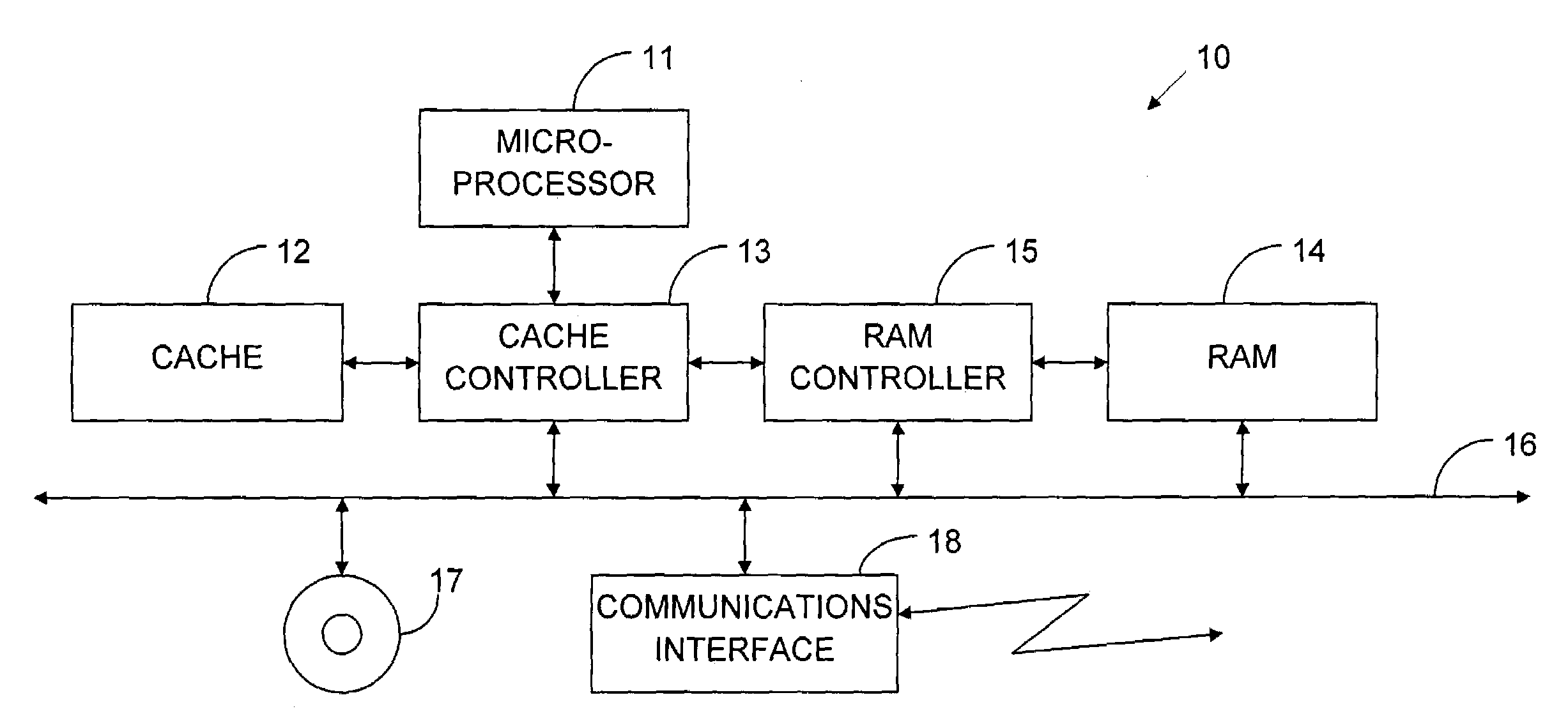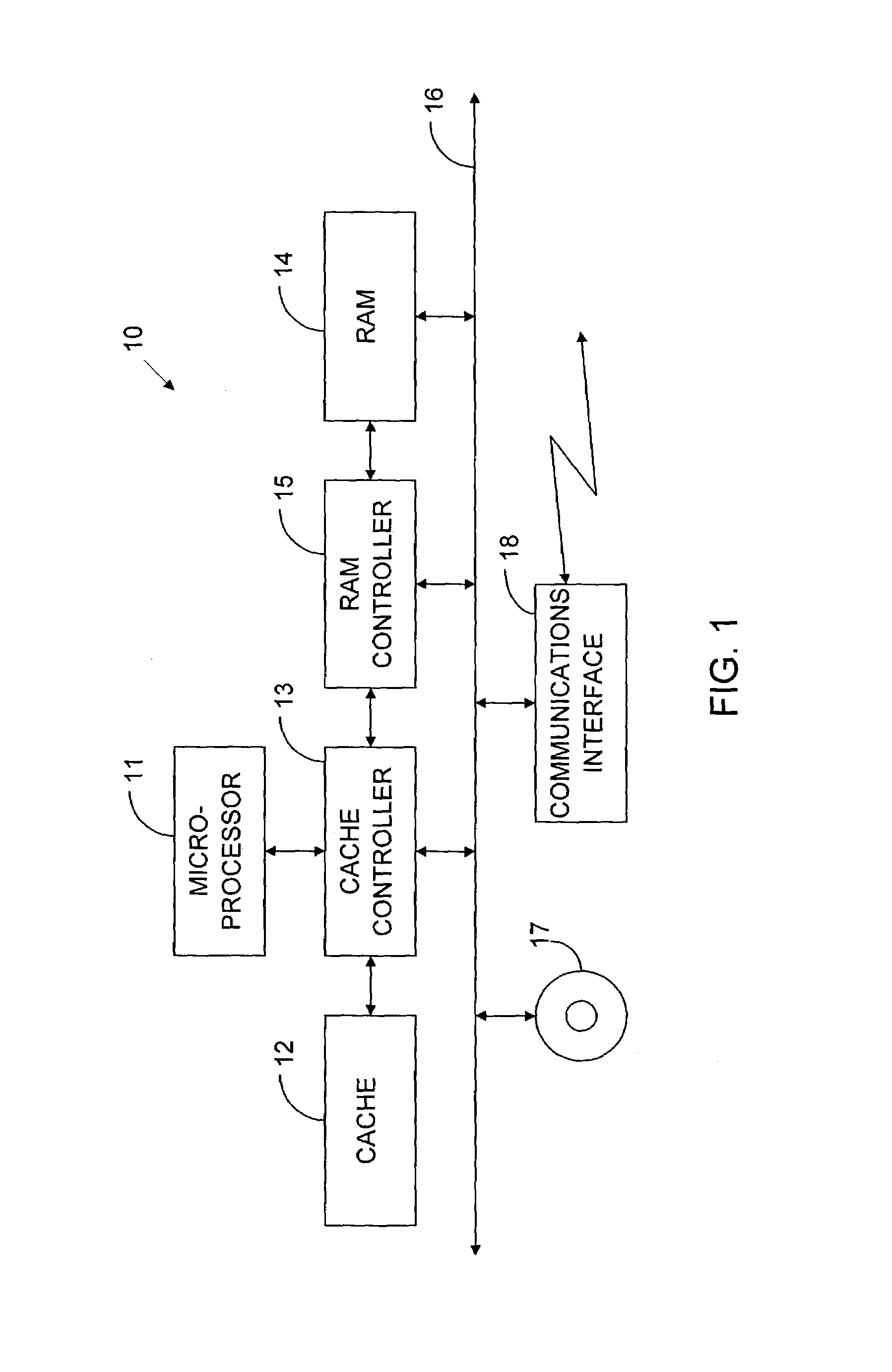Remembered-set scrubbing to remove stale entries in an incremental garbage collector
a garbage collector and memory technology, applied in the field of memory management, can solve the problems of increasing the memory requirements of the system, difficult to restrict the storage requirements to the available memory space, and wasting time on the task of allocating memory to data objects, etc., and achieve the effect of efficient scrubbing or clearing of stale entries
- Summary
- Abstract
- Description
- Claims
- Application Information
AI Technical Summary
Benefits of technology
Problems solved by technology
Method used
Image
Examples
Embodiment Construction
[0121]The illustrated embodiment employs a way of implementing the train algorithm that is in general terms similar to the way described above.
[0122]Blocks 172, 176, and 178 represent operations that correspond to those that FIG. 8's blocks 102, 106, and 108 do, and dashed line 174 represents the passage of control from the mutator to the collector, as FIG. 8's dashed line 104 does. For the sake of efficiency, though, the collection operation of FIG. 13 includes a step represented by block 180. In this step, the collector reads the remembered set of each car in the collection set to determine the location of each reference into the collection set from a car outside of it, it places the address of each reference thereby found into a scratch-pad list associated with the train that contains that reference, and it places the scratch-pad lists in reverse-train order. As blocks 182 and 184 indicate, it then processes the entries in all scratch-pad lists but the one associated with the old...
PUM
 Login to View More
Login to View More Abstract
Description
Claims
Application Information
 Login to View More
Login to View More - R&D
- Intellectual Property
- Life Sciences
- Materials
- Tech Scout
- Unparalleled Data Quality
- Higher Quality Content
- 60% Fewer Hallucinations
Browse by: Latest US Patents, China's latest patents, Technical Efficacy Thesaurus, Application Domain, Technology Topic, Popular Technical Reports.
© 2025 PatSnap. All rights reserved.Legal|Privacy policy|Modern Slavery Act Transparency Statement|Sitemap|About US| Contact US: help@patsnap.com



